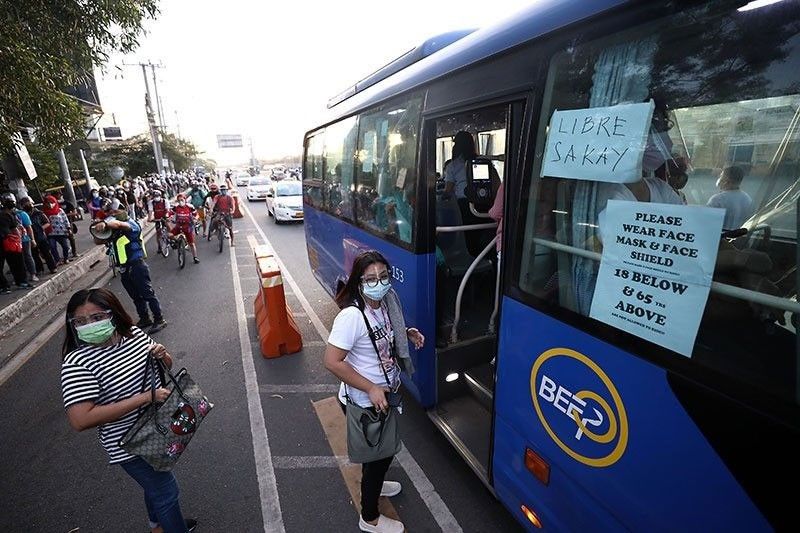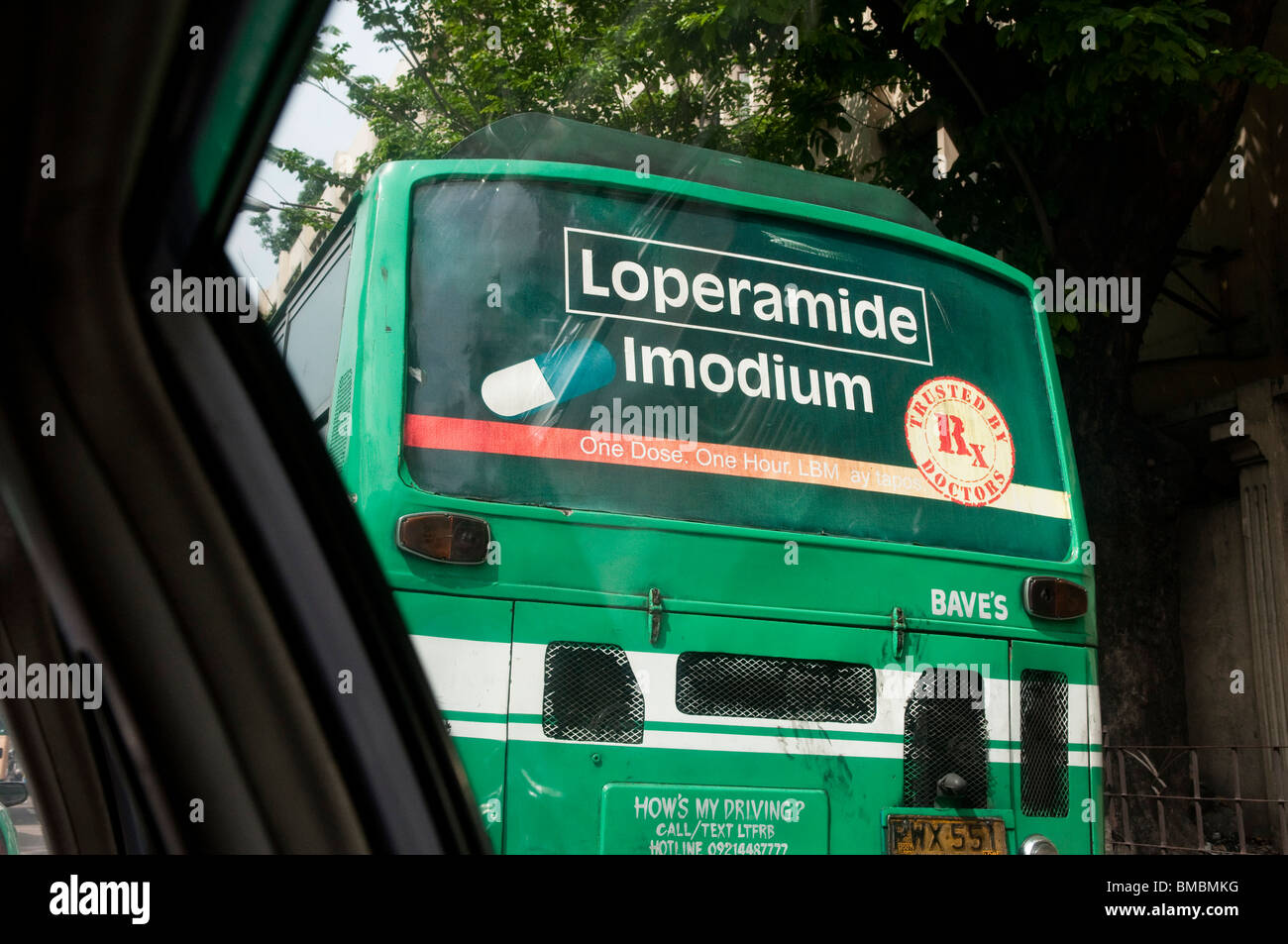Exploring the Effect and Effectiveness of Transportation Advertising in Urban Advertising And Marketing Approaches
Transportation advertising and marketing has actually become a substantial element of metropolitan advertising and marketing approaches, capitalizing on the one-of-a-kind characteristics of public transportation environments. With the rapid development of innovation and changing customer actions, the landscape of transportation marketing is undertaking significant adjustments that warrant closer evaluation.
The Surge of Transit Marketing
As metropolitan populations remain to swell, the demand for ingenious advertising services has actually brought about the increase of transit advertising as a pivotal part of urban advertising and marketing strategies. This kind of advertising leverages public transport systems-- such as buses, trains, and subways-- to reach a diverse audience in densely populated locations. The effectiveness of transit advertising and marketing depends on its capacity to involve customers throughout their daily commutes, a commonly ignored yet important time for brand name messaging.
With cities becoming significantly busy, traditional advertising and marketing rooms are becoming limited and less reliable. Transportation marketing offers a dynamic choice, allowing brand names to showcase their messages in high-traffic areas where possible clients are consistently revealed to the ads. Furthermore, as metropolitan residents progressively rely upon public transport, the importance and exposure of transit marketing have actually expanded substantially.
Moreover, technical advancements have boosted the sophistication of transportation marketing, allowing for digital screens and interactive campaigns that can record customer focus extra properly than static advertisements. As an outcome, transit advertising is not just a cost-efficient choice yet also a necessary technique for brands looking for to link with urban customers in an impactful and memorable manner.
Secret Advantages of Transportation Advertising And Marketing
The performance of transit advertising and marketing is emphasized by its complex benefits, making it a vital tool for metropolitan marketers. One of the main advantages is its considerable reach; transit systems offer numerous passengers daily, allowing brands to connect with a varied target market in high-traffic atmospheres. This visibility enhances brand name recognition, ensuring that ads are seen consistently by travelers.

In addition, transit advertising is cost-effective compared to other media, offering a lower expense per impression while maintaining high presence. The adaptability of advertisement styles, from bus covers to electronic displays, enables creative and impactful projects that can adjust to transforming market demands.
Customer Actions Insights
A substantial portion of customer behavior is affected by the prevalent nature of transit advertising and marketing in city settings. This form of marketing records the attention of varied demographics, involving customers throughout their everyday commutes.
Research study indicates that transit marketing can evoke psychological feedbacks, resulting in boosted brand name fondness. Consumers usually associate the experience of commuting with specific brands, developing an enduring impact that influences investing in decisions. Moreover, the regularity of exposure to transportation ads cultivates experience, which is a crucial consider consumer trust fund and commitment.

Moreover, the public facet of public transport adds to this sensation; as individuals share rooms, they are more likely to go over and recommend brands they experience. Thus, transportation marketing not navigate to this website just reaches customers yet likewise promotes social communications that enhance brand messaging. Understanding these behavior understandings permits marketers to customize their approaches effectively, guaranteeing that their campaigns resonate with target audiences in the city landscape.
Study and Success Stories
Effective implementation of transit advertising methods is exemplified via various study that highlight its effectiveness in metropolitan marketing. One significant example is the cooperation in between a popular beverage business and a major city's public transit system. The campaign utilized bus wraps and interior posters, resulting in a 30% rise in brand acknowledgment and a 15% rise in sales within the target demographic over 3 months.
Another effective situation entailed a neighborhood dining establishment chain that used train station advertising and marketing to draw in commuters. By producing visually striking advertisements that offered timed promos, the dining establishment experienced an uptick in foot web traffic, with an excellent 25% rise in lunch hour patrons.
Moreover, a city's tourism board launched a transit campaign showcasing local tourist attractions with bus stop displays and metro ads. The campaign resulted in a significant increase in tourist sees, as reported by a 40% rise in inquiries at visitor centers.
These situation researches emphasize the adaptability and possibility of transit advertising to involve urban audiences efficiently, demonstrating that critical positionings can yield substantial rois and improve see page brand name visibility in dynamic metropolitan atmospheres. - Transit Advertising Philippines
Future Patterns in Transit Advertising And Marketing
As urban landscapes remain to develop, so too does the realm of transportation advertising and marketing, which is poised to accept ingenious modern technologies and approaches. One considerable trend is the integration of digital marketing screens right into public transportation systems. These dynamic screens enable real-time updates and targeted material, boosting audience interaction. Moreover, the fostering of programmatic advertising and marketing is expected to acquire energy, enabling marketers to take advantage of data analytics for more precise audience targeting based on time, location, and group insights.
One more arising pattern is making use of increased fact (AR) and online fact (VR) experiences Click This Link within transit advertising and marketing. These immersive technologies can astound commuters, transforming mundane journeys right into interactive brand name experiences. Additionally, sustainability is ending up being progressively vital; environment-friendly marketing products and practices are most likely to get traction, mirroring the expanding consumer need for company social obligation.
Lastly, the rise of mobile connection will certainly promote greater combination in between transit advertising and individual devices. Marketers can create seamless cross-channel experiences, enabling instant interaction and involvement with potential consumers. Collectively, these trends suggest a transformative future for transportation advertising, supplying brand-new avenues for brands to get in touch with city target markets.
Verdict
Transportation advertising has established itself as a significant element of urban advertising and marketing approaches, demonstrating significant performance via boosted brand visibility and customer engagement. The capacity to adjust messages to specific demographics, combined with the cutting-edge usage of technology, positions transit advertising as a driving force in contemporary marketing (Transit Advertising Philippines). As urban settings continue to advance, the future of transit advertising assures additional developments, guaranteeing its significance and impact fit consumer understandings and behaviors in metropolitan landscapes
As metropolitan populaces continue to swell, the need for innovative advertising options has actually led to the surge of transportation advertising as a crucial part of city advertising and marketing approaches.A significant section of customer behavior is influenced by the prevalent nature of transit advertising and marketing in city environments. Jointly, these fads show a transformative future for transportation advertising, offering brand-new opportunities for brand names to attach with metropolitan audiences.
Transportation advertising has established itself as a substantial component of metropolitan advertising and marketing methods, showing considerable performance via improved brand name visibility and consumer engagement. As urban settings continue to evolve, the future of transportation advertising and marketing assures additional improvements, guaranteeing its relevance and effect in shaping consumer understandings and behaviors in urban landscapes.
Comments on “Transit Advertising Philippines for Unmatched Brand Name Visibility”